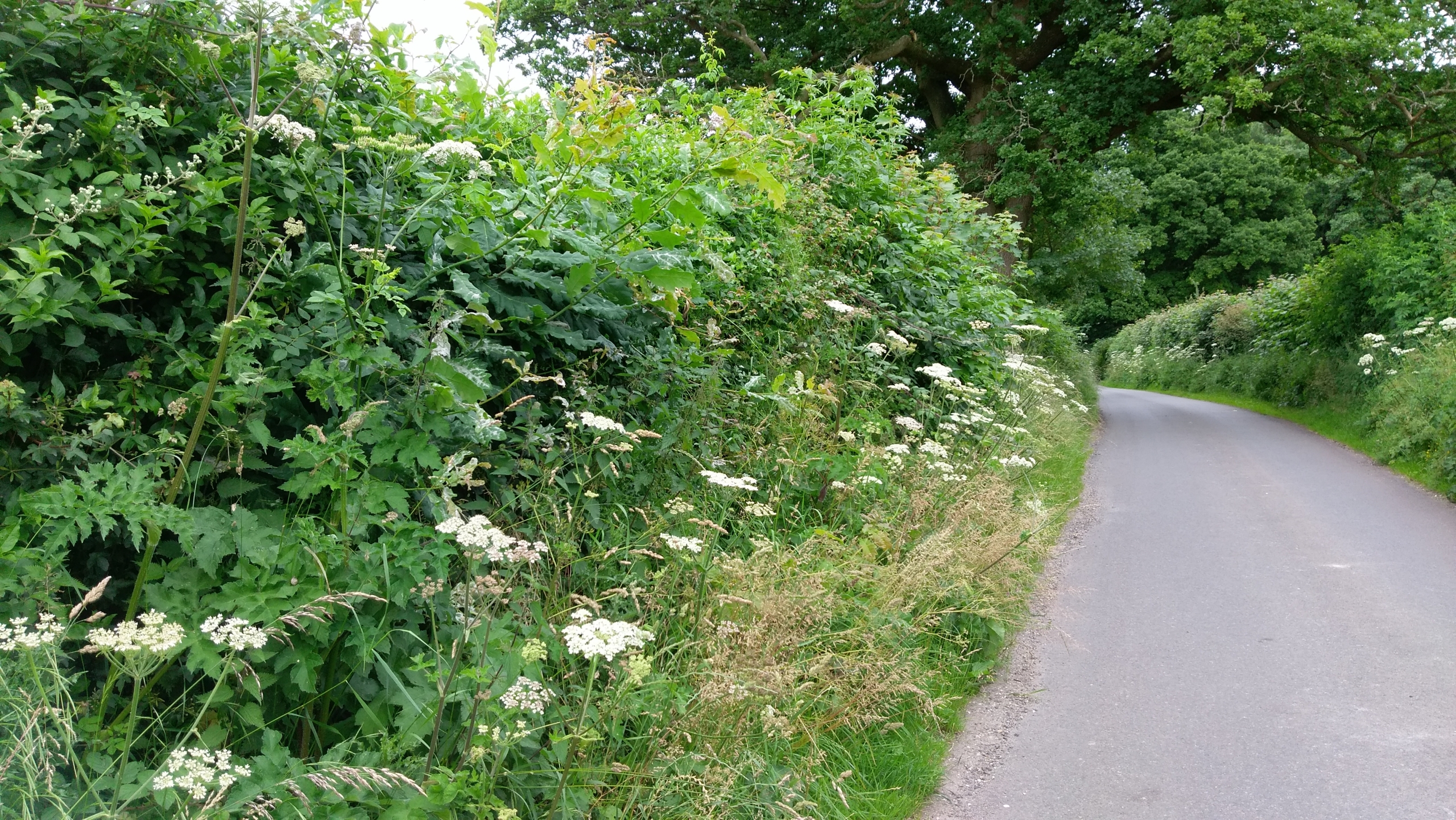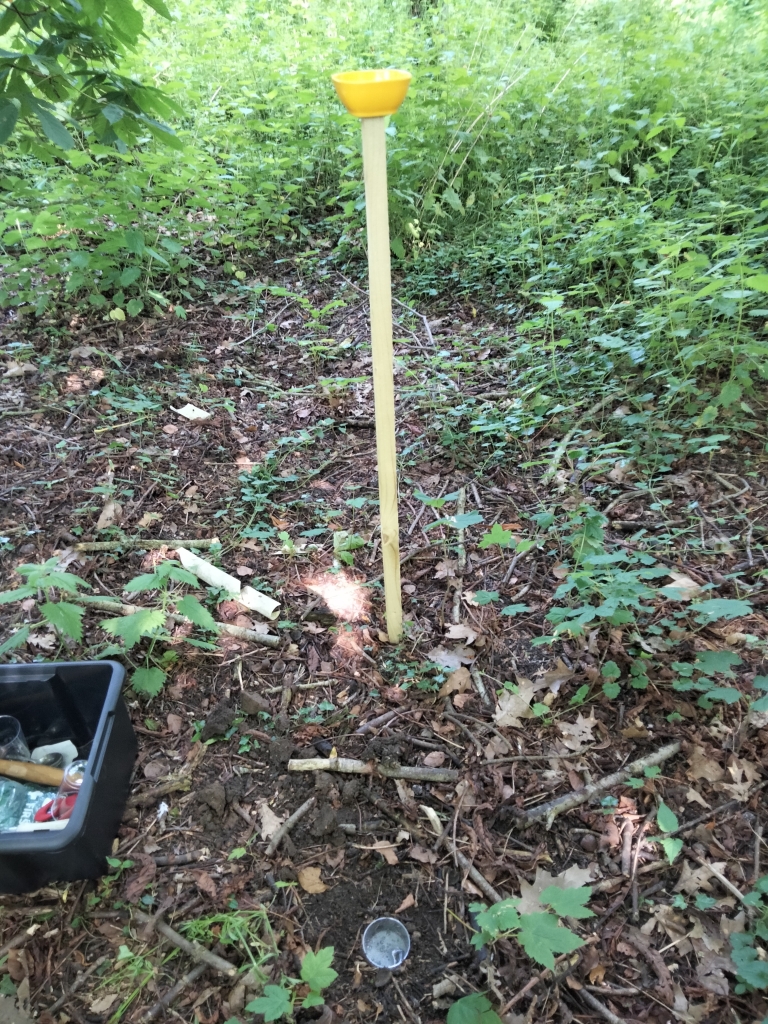Contract Period : 01/07/2023 - 31/07/2025
Main Funder : Marmot Charitable Trust and ORC Supporters via the Big Give Green Match Fund
ORC Staff Contact : Colin Tosh

Ancient woodland now covers just 2.5% of the UK’s land area and we have lost 50% of our hedgerows since 1945, and they are still in decline. As a result, animals that once flourished in these habitats are also significantly diminished.
This project will aim to collect definitive evidence for the role of hedgerows in nurturing woodland biodiversity by studying the distribution of invertebrates in woodland patches. The findings of the study will be disseminated to the scientific community and through our Agricology platform to reach as wide an audience as possible. As a result we hope that landowners will be motivated to introduce and/or maintain healthy hedgerows on their land, thus improving local biodiversity.
This project will start to collect definitive evidence for the role of hedgerows in joining woodland patches for animal and plant migration.
Online scoping to identify appropriate field sites. Maps of the UK will be studied to find woodland patches of similar size that are and are not connected by hedgerows, for comparison.
Fieldwork. An ORC researcher will go into these patches and lay invertebrate pitfall traps to catch ground dwelling bugs and these will be returned to the lab and identified.
Analysis of the field data. If hedgerows are allowing migration between patches, we predict that the community composition of the bugs in patches joined by hedgerows should be more similar than those not connected.
Dissemination of results. Publication of a peer reviewed journal and results via a press release, ORCs website and social media channels and Agricology.
Measuring impact:
This is an ORC independently owned and managed project. ORC is the project lead, coordinator and budget holder.
BigGive The Importance of Hedgerows campaign
Colin Tosh has been insect water trap sampling 18 woodlands across the Suffolk agricultural landscape. The data collected will be analysed using GIS to determine how landscape hedgerow density and gappiness is impacting woodland species diversity and community composition.

Sampling insects is very easy. Stick a yellow cereal bowl to the top of a wooden steak and fill it with water with a drop of detergent in to catch the flying insects. Ground dwellers are caught in pitfall traps: a disposable party cup dug level with the ground and full of the same soap water. Insects found in the water after a few days can be preserved in 70% isopropanol or 80% alcohol for later identification